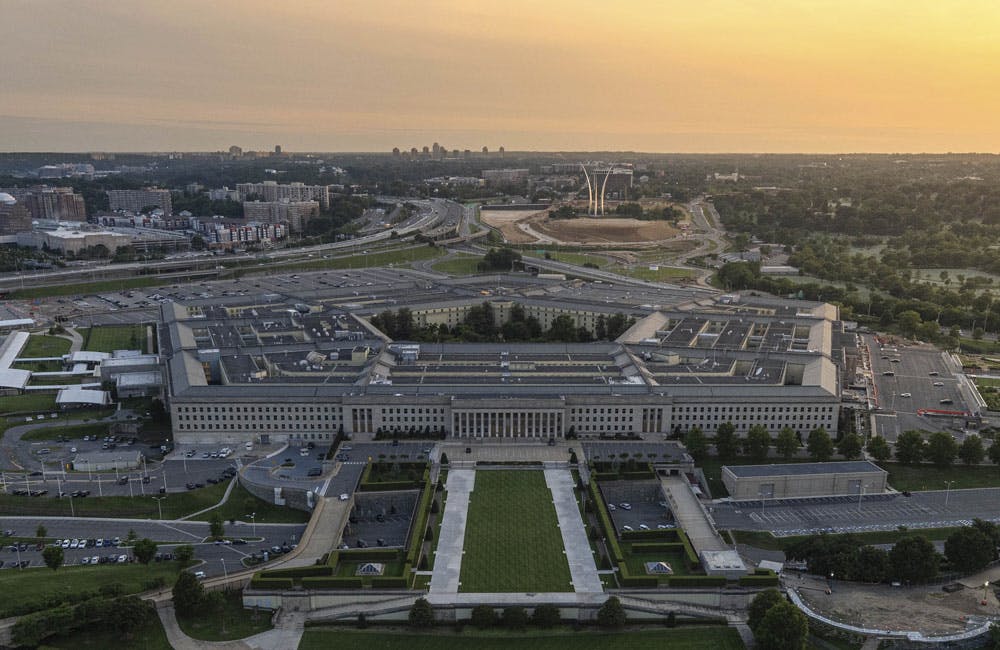AI, Data are Key to Future of High-Performance Computing
DOL and NASA are accelerating AI and data capabilities as they look to leverage advanced computing.

Teams across NASA and the Department of Labor are accelerating artificial intelligence and data capabilities to prepare for high-performance computing and supercharge existing tools and technologies, agency leaders said during GovernmentCIO Media & Research’s AI Gov: National Security virtual event last week.
Krista Kinnard, Labor’s chief of emerging technologies, said high-performance computing will help the agency accelerate forms processing. It also wants to boost natural language processing and data protection by leveraging lessons learned from agencies like NASA and the Defense Department.
“What we’ve learned from these agencies around protecting privacy, protecting data, ensuring that data cannot be hacked, or leaked or altered in any way, is incredibly relevant to how we meet our mission,” Kinnard said.
As agencies prepare for the “compute” stage, data serves as a foundational element and must be consumable by a model and stored in an accessible location, Kinnard said. Labor recently received a Technology Modernization Fund grant to accelerate the development of an enterprise approach to improving data quality and expanding the number of available data sets.
By the end of this project, the agency will expand access to enterprise data sources, create data management capacity and securely share data. The project is enabling an evidence-based decision-making approach across enforcement, compliance, unemployment insurance and other mission areas.
“The goal is to look across the organization and figure out how we can build out a robust data infrastructure to digitize, house, streamline that wrangling process of the data … into data with structure, data we can get into a format that we can then … aggregate to really glean insights and to really drive what those models need to really be the powerhouse they can be,” Kinnard said.
NASA is also exploring how it can prepare data for analysis and AI models. Laura Carriere, the agency’s high-performance computing lead at its Center for Climate Simulation, said that ready data sets are critical to developing workflows.
As NASA evaluates its data to make it accessible and operational in AI models, the agency is also advancing security measures to ensure bad actors cannot modify data to produce false or misleading research. To prevent threats, NASA runs regular tests on its data security to ensure data cannot be altered.
“We have large data centers and programs with people that curate the data to put it in forms that’s easy to use, then we are increasingly putting data into the cloud to interrogate and build applications,” said Tsengdar Lee, program manager for NASA’s High-End Computing Program. “Certainly we are concerned with data integrity … that could change the AI/ML model.”
As Labor and NASA improve data access, curation and security, the agencies are looking to leverage tools like AI and machine learning to expedite these processes. At NASA, Carriere said that the agency is working to baseline network activity then apply machine learning to search for anomalies.
“This can allow us to identify an external threat, bots, any sort of threat that comes that is doing activity that differs from the regular pattern, and ML is great for that,” Carriere added.
Collaboration plays an integral role in high-performance computing innovation. Kinnard said that Labor is looking to private-public partnerships to share innovative technologies and best practices. NASA is also a member of a White House interagency working group on HPC.
“We meet to discuss different technologies and initiatives, quantum computing, cloud computing, big data, all those research and development efforts,” Lee said. “It’s also a place where we coordinate … among agencies.”
NASA is also looking to advance collaboration and build an enterprise architecture research and study to enable scientists to work together. Labor will focus on creating a robust IT platform, modernizing legacy applications, securing and enhancing infrastructure and transforming customer experience to build a digital government.
“Emerging technologies have a play in every single one of those goals,” Kinnard said. “I specifically think that artificial intelligence and the compute power that comes behind it are going to be incredibly important.”
This is a carousel with manually rotating slides. Use Next and Previous buttons to navigate or jump to a slide with the slide dots
-

Cyber Resilience and Recovery Amid Evolving Cyber Threats
Data durability is a key aspect of NIST’s cybersecurity framework for public and private organizations.
21m listen -

The CAIOs Leading Responsible AI Development Across Government
Since the White House's AI executive order, federal agencies are in the process of naming chief artificial intelligence officers.
7m read -

Defense Board to Pitch Solutions for Closing Tech Talent Gaps
Defense Innovation Board members cite need to modernize people management the same way government modernizes technology.
4m read -

Energy Researchers Aim For Holistic Approach to AI Issues
A new center at the Oak Ridge National Laboratory is looking at under-researched areas of AI to better understand how to secure it.
2m read








